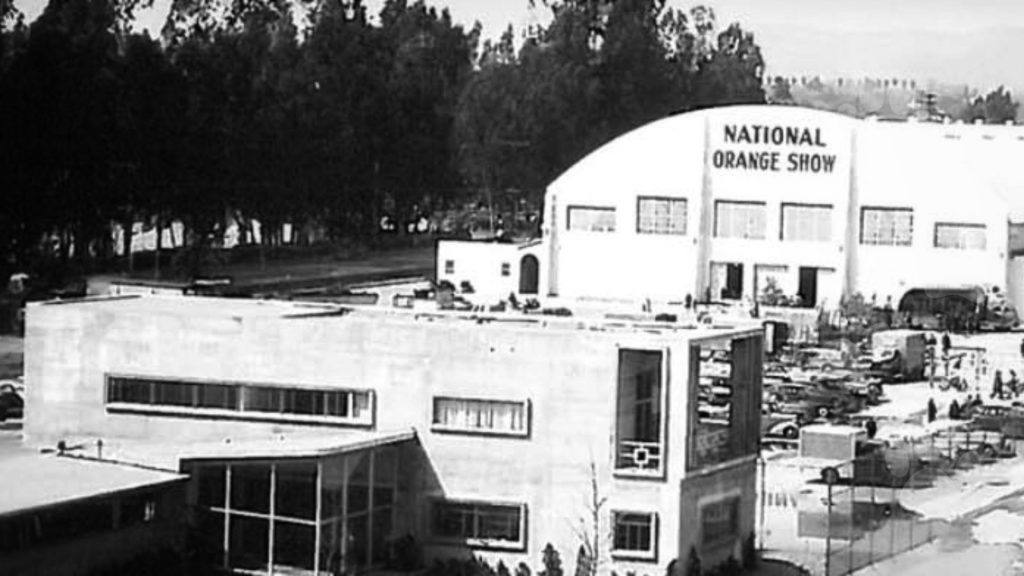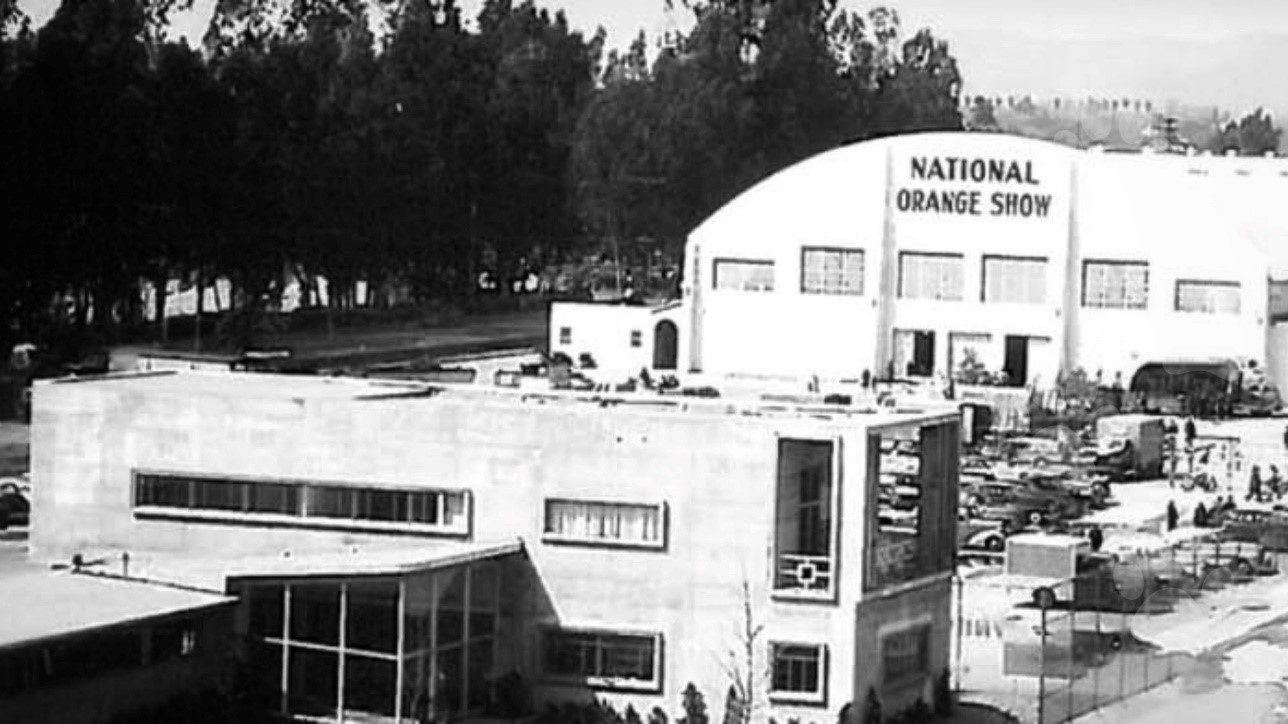

Riverside, which was once part of San Bernardino County, played a significant role in the early development of California’s citrus industry. Even though orange trees were planted in California prior to 1873, it was the navel orange variety in Riverside that sparked a citrus revolution in the region. In 1873, Eliza Tibbets, an early settler of Riverside, received navel orange trees from William Saunders of the U.S. Department of Agriculture in Washington, D.C., after the variety originated in Bahia, Brazil.
At that time, Riverside was still part of San Bernardino County, which would split into Riverside County in 1893. The fruit produced throughout the Inland Empire became known for its large size, sweetness and rich flavor. By 1901, more than five million fruit trees had been planted.
In 1889, the first “Orange Show” was held in San Bernardino by a group of civic-minded San Bernardino businessmen who wanted to promote the citrus industry and introduce this “exotic crop” throughout the world.
In 1911, the fair was held March 6-11 in tents pitched at Fourth and D streets in San Bernardino, covering 8,000 square feet. Despite continuous rain, more than 3,000 people still attended. With a production cost of $744.25 and $1,180.25 in revenue, the event was a financial success and was extended to an 11-day run.
In 1923, a permanent location for the National Orange Show was selected in the area south of Mill Street between Arrowhead Avenue and E Street. The first permanent exhibition hall, completed in 1925, had almost 100,000 square feet of floor space, which made it the largest structure of its kind in California.
At its peak, the National Orange Show attracted over 300,000 visitors each year. One of its most notable guests was Professor Albert Einstein, who attended the 22nd annual National Orange Show and was presented with a box of Sunkist oranges. In a local news report during that time, Einstein was quoted as saying, “This is amazing. There is nothing like this in Europe.”
Over time, more buildings were added to the Orange Show property, including administrative buildings, an auditorium and a dining center. Unfortunately, in July 1949, the exhibition hall was completely destroyed by a fire. By March 1950, a new and larger exhibition building was ready for use.
Over the years, the National Orange Show has evolved into one of the Inland Empire’s premier event centers hosting concerts, trade shows, festivals, races and more.
The information in this historical feature was originally part of a video series produced by the Assessor-Recorder-County Clerk’s office.
Additional County Update News – August 21, 2025
- Stay safe from the heat!
- Board actions, Aug. 19
- Local leaders sign data-sharing agreement to support the homeless
- State water board member tours San Bernardino County septic-to-sewer projects
- San Bernardino County WIC program launches first breast pump loan service
- San Bernardino County Library celebrates 29 Career Online High School graduates
- First 5 San Bernardino and El Sol Neighborhood Education Center partnership reaches milestone with 11 graduating apprentices
- Transitional Assistance Department wins three national awards for innovative programs
- Animal dumping is against the law
- Did You Know: Elmer’s Bottle Tree Ranch
- San Bernardino County destinations: BAPS Hindu Temple
- Call for submissions: Share your favorite San Bernardino County destinations
- Things to do in San Bernardino County
- Pet of the Week: Adam
